- Undergraduate
Bachelor's Degrees
Bachelor of ArtsBachelor of EngineeringDual-Degree ProgramUndergraduate AdmissionsUndergraduate Experience
- Graduate
Doctoral Degrees
Doctor of PhilosophyPhD Innovation ProgramDoctor of Medicine-PhD Joint DegreeGraduate AdmissionsGraduate Experience
- Research
- Entrepreneurship
- Community
- About
-
Research Quick Takes
Interface Design for Bioelectronic Implants
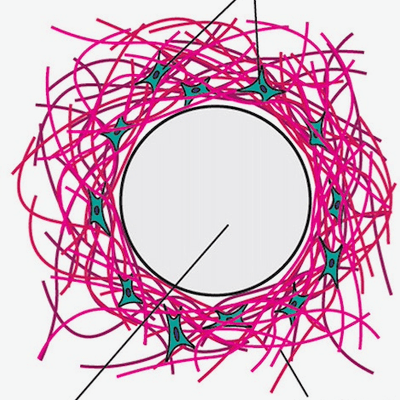
Professor Alex Boys co-authored " Bioelectronic interfacial matching for superior implant design " published in Cell Reports Physical Science , including discussion of the relevance of different mechanical and electronic factors. "Interface design is an important aspect for any material that is implanted into the body," says Boys, "and we wanted to provide a framework for researchers who work on bioelectronics to think about this important issue."
Grad Students Shine at NEAAPM
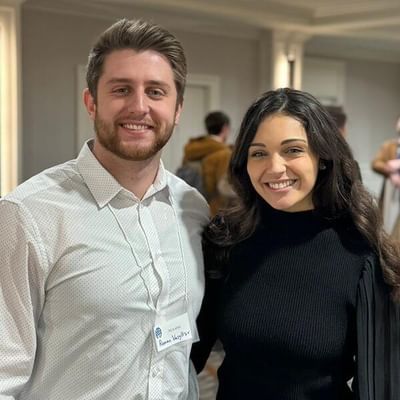
PhD candidates Roman Vasyltsivand Savannah Decker—both in the Optics in Medicine labs and the Medical Physics Education Program —tied for first place in the early investigator competition at the New England Chapter of the American Association of Physics in Medicine (NEAAPM) meeting in Quincy, Mass. Savannah presented "Improving Cherenkov Dosimetry via Quantitative Skin Tone Analysis," and Roman presented "Fast Imaging of a Novel Conformal Scintilator Mesh for 2D In Vivo Validation During UHDR PBS Proton Therapy."
SPIE Medical Imaging Conference
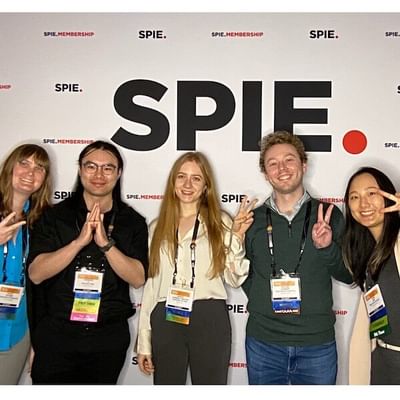
At the SPIE Medical Imaging conference, PhD students Yuan Shi( Halter Lab ), Chengpei Li, Haley Stoner, and William Warner Th'17 Th'19( Paulsen Lab ) presented their work on image-guided surgery, including talks on "A surgical navigation framework for image-guided transoral robotic surgery" and "Intraoperative stereovision cortical surface segmentation using fast segment anything model," and posters on "Large MRI specimen submersion phantom design" and "Smart line detection and histogram-based approach to robust freehand ultrasound calibration."
Materials for Hydrogen Storage

Professor Geoffroy Hautier is a co-author of " Small-pore hydridic frameworks store densely packed hydrogen " published in Nature Chemistry . The study reveals a way of achieving high volumetric gas storage in nanoporous materials. "Transforming water to hydrogen is a promising way to store energy, but hydrogen gas takes up a lot of space. Developing materials that can absorb reversibly and 'pack' this hydrogen in a tighter space would reduce the volume needed for storage," says Hautier.
Embracing Ethical Research
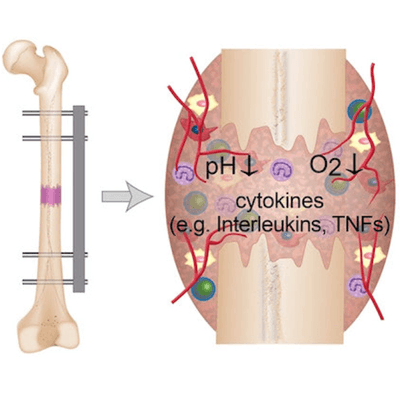
First-year PhD student Amritha Anup Th'23is first author of " Embracing ethical research: Implementing the 3R principles into fracture healing research for sustainable scientific progress " published in the Journal of Orthopaedic Research . Anup and her international co-authors, as well as professor Katie Hixon , explore recent advances "to replace, reduce, and refine [3R] animal experiments in musculoskeletal, bone, and fracture healing research."
Multiplex Ultrasound Imaging
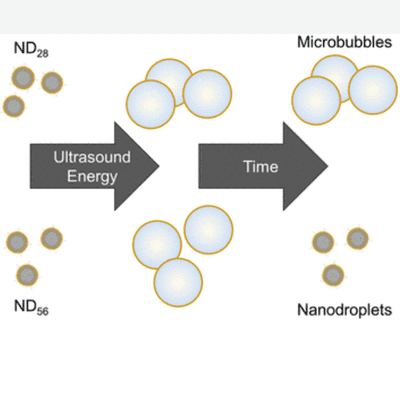
Austin Van Namen Th'21, Sid Jandhyala Th'22, Catalina Spatarelu Th'22, and Professors Kim Samkoe and Geoff Luke are coauthors of " Multiplex Ultrasound Imaging of Perfluorocarbon Nanodroplets Enabled by Decomposition of Postvaporization Dynamics " published in Nano Letters . The paper describes a method to use phase-changing nanodroplets as ultrasound contrast agents for imaging multiple biomarkers simultaneously.
A Better, Safer Surgical Stapler
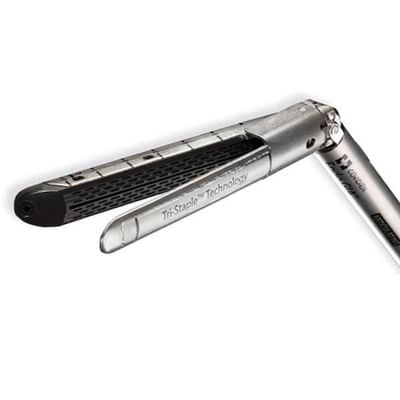
Professors Ethan Murphy and Ryan Halter , and PhD student Harsha Devaraj, along with Medtronic collaborators, coauthored " Development of an Electrical Impedance Tomography Coupled Surgical Stapler for Tissue Characterization " published in IEEE Transactions on Biomedical Engineering . The featured article investigates the incorporation of electrical impedance tomography into a surgical stapler to improve outcomes. Further studies are planned based on the promising results.
3D-Printed Tissue-Integrated Biosensors
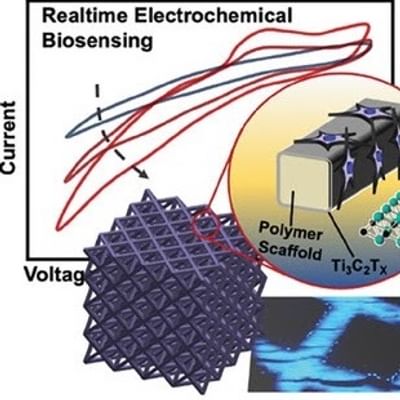
Researchers Anand Tiwariand Sreejith Panicker, PhD students Julia Huddyand Md Saifur Rahman, and Professors Will Scheideler and Katie Hixon coauthored " Biocompatible 3D Printed MXene Microlattices for Tissue-Integrated Antibiotic Sensing " published in Advanced Materials Technologies . The study developed new electrode materials for 3D-printed porous electrochemical biosensors to monitor antibiotic release in tissue engineering scaffolds.
AI for Open Science
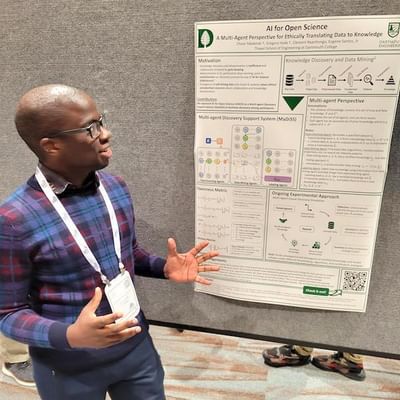
PhD students Gregory Hyde, Chase Yakaboski,and Clement Nyanhongo '17 Th'18(pictured) presented on " AI for Open Science: A Multi-Agent Perspective for Ethically Translating Data to Knowledge " at the 37th Conference on Neural Information Processing Systems in New Orleans. "There were over 10,000 attendees, and some of the most accomplished researchers in our field. It was an inspiring week, and we're hopeful to continue Dartmouth's presence there next year," said Yakaboski.
Advancing Magnet Manufacturing

Thomas Keller Th'23and Professor Ian Baker , in collaboration with Professor Wen Chen and Wuxian Yang at UMass Amherst, co-authored " Additive manufacturing of Mn-Al permanent magnets via laser powder bed fusion " published in Materialia . "We produced rare-earth-free permanent magnets with enhanced performance and a novel microstructure—a great step toward more sustainable electric motors," said Keller.
Minimizing Climate Uncertainty

Professor Hélène Seroussi is first author on " Insights into the vulnerability of Antarctic glaciers from the ISMIP6 ice sheet model ensemble and associated uncertainty " published in The Cryosphere . "These results come from an international effort that I led to understand the sources of uncertainty in projections of ice sheet contribution to sea level rise, and highlight the need to continue improving ice flow models," says Seroussi.
Machine Learning for Better Materials

Professor Ian Baker is a co-author of " Quantitative three-dimensional imaging of chemical short-range order via machine learning enhanced atom probe tomography " published in Nature Communications . The article presents an approach "to break the inherent resolution limits of atom probe tomography" and "help design future high-performance materials."


